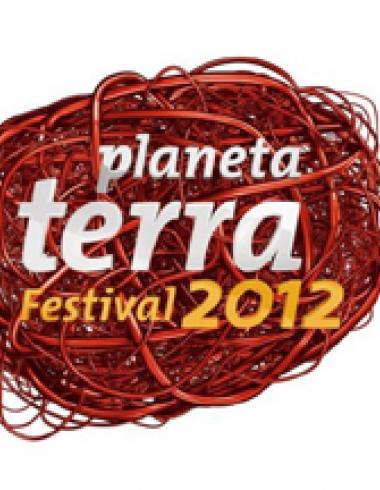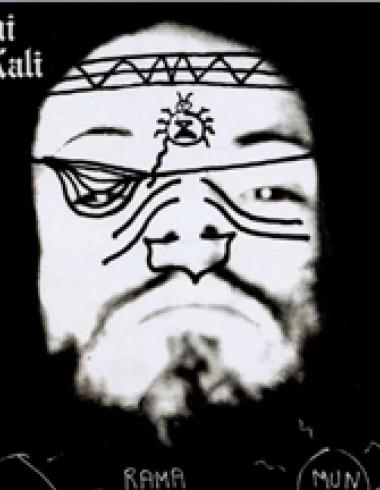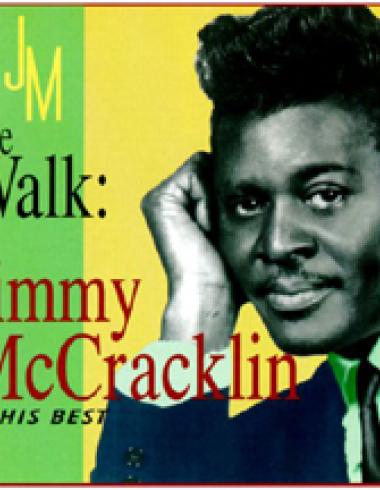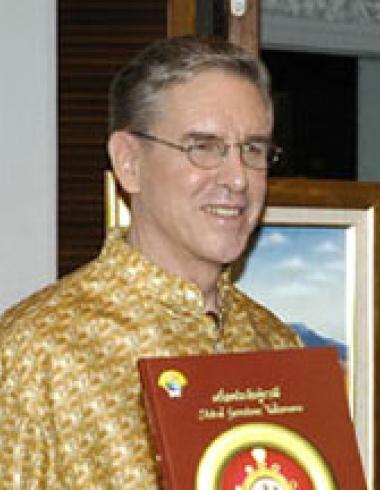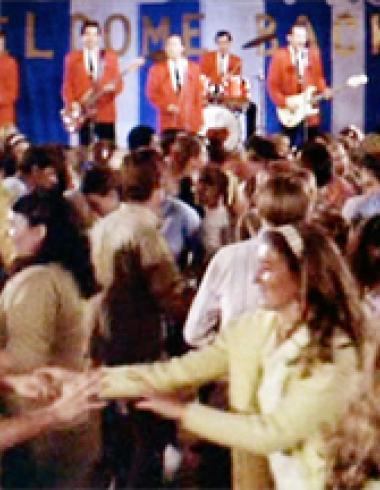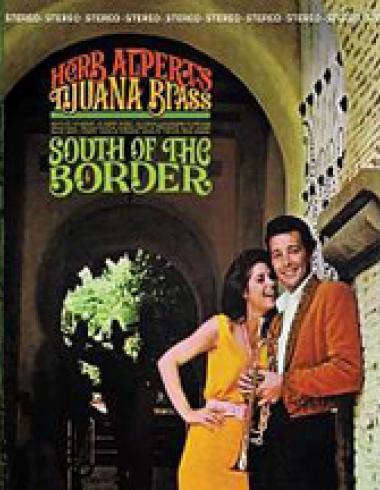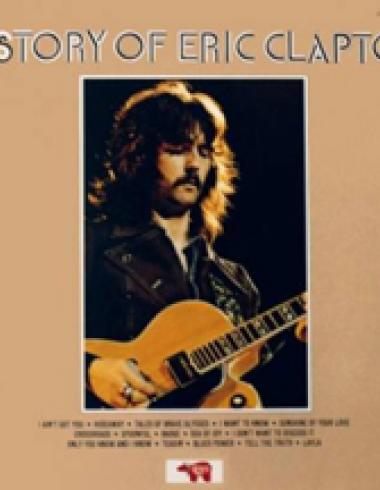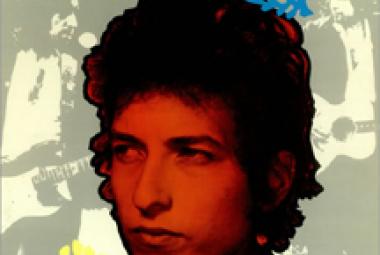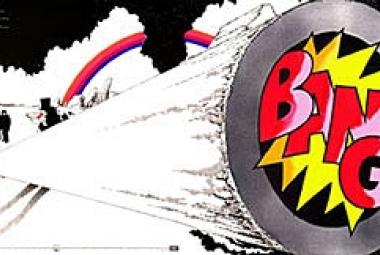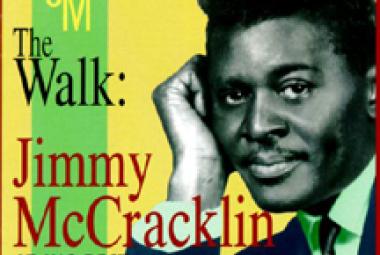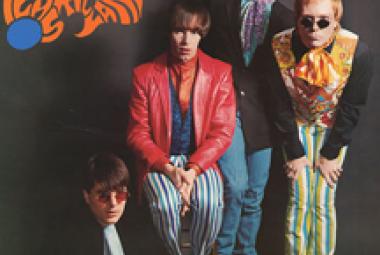Cream were a 1960’s British rock supergroup power trio consisting of bassist/singer Jack Bruce, drummer Ginger Baker, and guitarist/singer Eric Clapton. Their unique sound was characterised by a hybrid of blues rock, hard rock and psychedelic rock, combining psychedelia themes, Clapton’s blues guitar playing, Bruce’s powerful, well-trained voice and prominent bass playing, Baker’s pulsating, jazz-influenced drumming, and Pete Brown’s poetry-inspired lyrics. The group’s third album, Wheels of Fire, was the world’s first platinum-selling double album. In their career, they sold over 15 million albums worldwide. They provided a heavy yet technically proficient musical theme that foreshadowed and influenced the emergence of British bands such as Led Zeppelin, The Jeff Beck Group and Black Sabbath in the late 1960’s and the early 1970’s. (More from Wikipedia)
In July 1967, the Klubs were given a recording test at EMI’s famed Abbey Road Studios, renamed for the Beatles’ penultimate album, Abbey Road in 1970. Staff producer Alan Paramor oversaw a marathon recording session, where the Klubs worked on covers of Cream’s “NSU”, and “Desdemona” by John’s Children (back when Marc Bolan, later of T. Rex was a bandmember), plus a new recording of their own song “Livin’ Today”. Paramor called the band “unrecordable” and sent them on their way.
(July 2013)
At the time, Dora Wahl (who, like Casey Cosby, had also previously played the accordion) was the drummer for a 13-piece band called Brass Plus. Her 21st birthday present was tickets to a concert by Cream, where she got to sit directly above Ginger Baker’s drumset. Dora Wahl had become best friends with Carolyn Lee, the bass guitarist for Brass Plus, and recruited her for the new band. Lee was proficient at string bass and was just learning to play electric bass.
(October 2013)
* * *
Vanilla Fudge had the good fortune to tour with Jimi Hendrix, was the opening act on several concerts on Cream’s last tour, and finally began touring with the brand-new Led Zeppelin opening for them. After hanging in there for several more albums (Sundazed Records has reissued four of them), the band broke up in early 1970.
(April 2014)
* * *
Manfred Mann always had a chameleon quality and, unlike the top-flight British Invasion bands like the Beatles, the Who and the Rolling Stones, had frequent changes in their line-up. As I noted last month, Jack Bruce, later of Cream was a member in the mid-1960’s.
(June 2014)
* * *
As Nick Freund puts it: “I enjoy Bach and Gregorian chant. But I don’t see it as an expression of today. It’s like a beautiful old painting in a museum – you admire and appreciate it, but it has no relevance to ‘Now’. We should express our worship of God in terms we use today.” Also: “I could spend years writing a classical concert, and nobody would ever hear it.”
(Year 5 Review)
* * *



